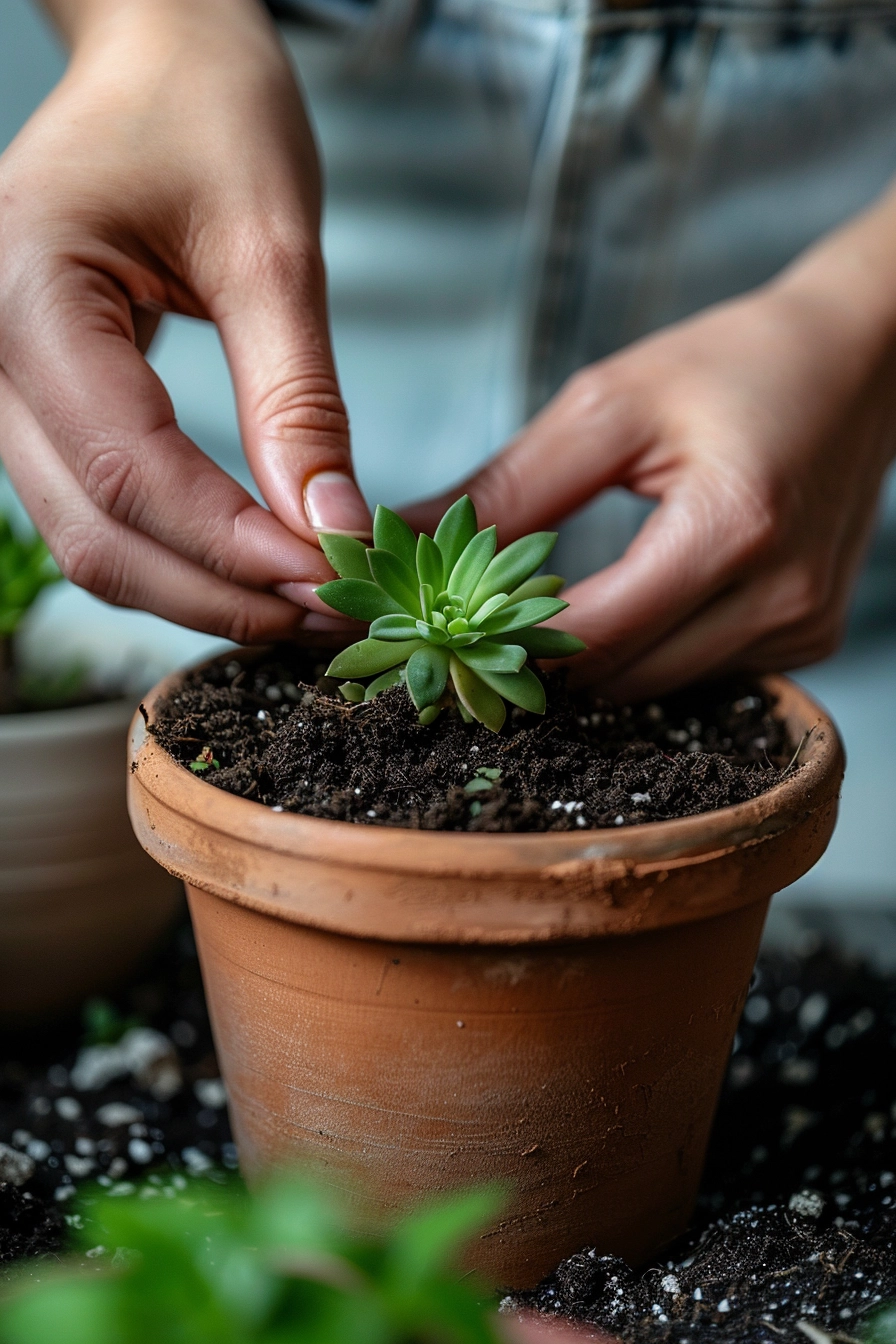Houseplants have the remarkable ability to turn any house or apartment into the indoor jungle of your dreams. They warm up any room and are great for the mind, body, and soul. Here at City Floral Garden Center in Denver, we like to carry a wide variety of rare and traditional houseplants, so you’ll always find just what you are looking for. Houseplant propagation can be a great way to multiply your houseplants and learn more about your plants. There are several common propagation methods, including dividing, rooting a leaf, or rooting a cutting. Each method has its own specific steps and requirements, but all can result in successful propagation with the right care and attention.
Key Takeaways:
- Houseplants can be propagated through methods like dividing, rooting a leaf, or rooting a cutting.
- Dividing involves splitting a plant into multiple sections, while rooting a leaf and cutting involve encouraging new growth from a leaf or stem.
- Carefully follow the specific steps and requirements for each method to ensure successful propagation.
- Propagation can be a fun and rewarding way to increase your houseplant collection and learn more about your plants.
- With patience and proper care, you can successfully propagate your houseplants and enjoy new growth in your indoor garden.
Dividing Houseplants: A Step-by-Step Guide
Dividing houseplants is an effective method of houseplant propagation that involves splitting a plant into two or more sections. This technique is commonly used in the spring when plants are emerging from their rest period and beginning to grow again. Dividing houseplants is particularly suitable for plants that naturally produce offsets, such as spider plants or sansevierias, making the process easier and more successful.
To divide a houseplant, start by carefully removing the plant from its pot, being mindful not to damage the roots. Take a close look at the root ball and identify areas where you want to make the divisions. Ensure that each section you choose has healthy roots. If necessary, use a sharp knife or shears to cut the plant into separate sections, making sure to keep the roots intact. However, some plants can be gently pulled apart without the need for cutting, so always check the plant’s specific requirements.
Once you have divided the houseplant, it’s time to replant the new sections. Prepare fresh potting soil and plant each section at the same depth as it was previously planted. Gently press the soil around the roots to ensure proper contact. After replanting, water the divisions thoroughly to settle the soil and provide moisture to the roots.
Now, find a warm location with bright, indirect light for the divided houseplants. This will help stimulate growth and encourage the development of new leaves and stems. With the right care, attention, and suitable environmental conditions, the divided houseplants should start growing and producing new growth.
Remember to monitor the moisture levels of the soil and adjust your watering schedule accordingly. Overwatering can lead to root rot, while underwatering can cause the plant to become dehydrated.
Dividing houseplants is an excellent way to multiply your plant collection and learn more about your plants. By following this step-by-step guide, you can successfully propagate your houseplants through division and enjoy the satisfaction of watching them flourish.

Rooting a Leaf: A Step-by-Step Guide
Rooting a leaf is a propagation method that involves taking a leaf from a plant and encouraging it to grow roots. This method is commonly used for plants like sansevierias and succulents.
To root a leaf, start by cutting the leaf cleanly from the plant and allowing it to dry out for a few days to form a scab. With sansevierias, a triangular cut is often made at the bottom of the leaf to aid in rooting.
Dip the tip of the leaf in rooting hormone and then insert at least two-thirds of the leaf into fresh potting soil. Ensure the leaf is pointing out of the soil in the direction of growth. Gently press the soil around the stem and keep it moist.
Rooting a leaf can be a trial-and-error process, as not every leaf will successfully root. With patience and proper care, new growth should eventually emerge from the rooted leaf.
Rooting a Cutting: A Step-by-Step Guide
Rooting a cutting is an effective and popular method of houseplant propagation. With just a stem cutting and the right care, you can create new plants and expand your indoor garden. Examples of plants that can be easily propagated from stem cuttings include Pothos and spider plants.
To root a cutting, begin by making a clean cut just below a node on the stem. Nodes are where the leaves meet the stem and are important for root development. If you prefer the water method, place the cutting in cool water and wait for roots to appear. Once the roots reach about an inch long, carefully remove the cutting from water and transfer it into well-draining potting soil.
If you choose to root the cutting directly in soil, dip the cut end in rooting hormone and insert at least two-thirds of the cutting into fresh potting soil. Make sure the stem is pointing upwards to encourage proper growth. Provide indirect light and keep the soil or water consistently moist. With patience and the right conditions, the cutting will develop roots and begin to grow as a new, independent plant.


